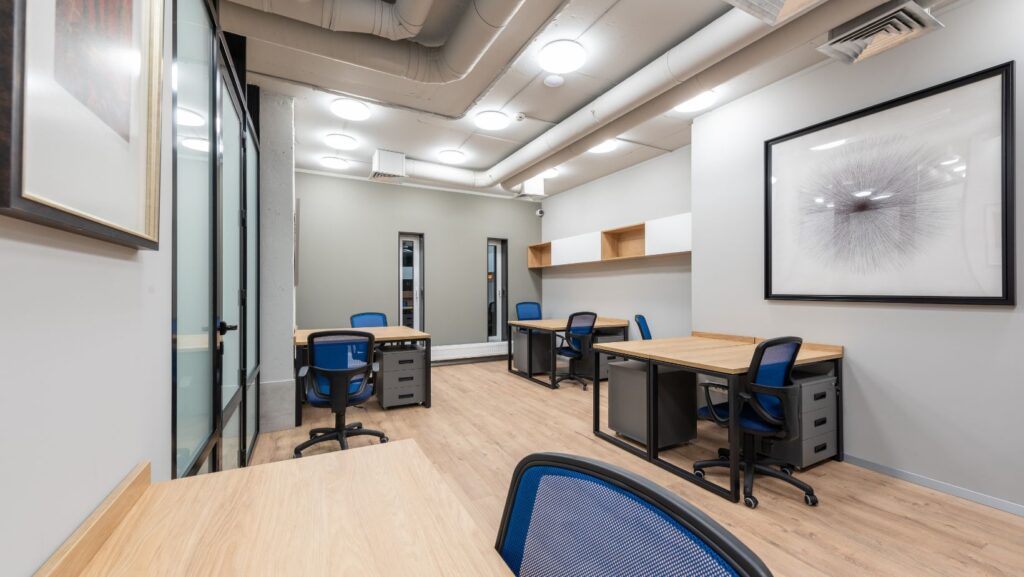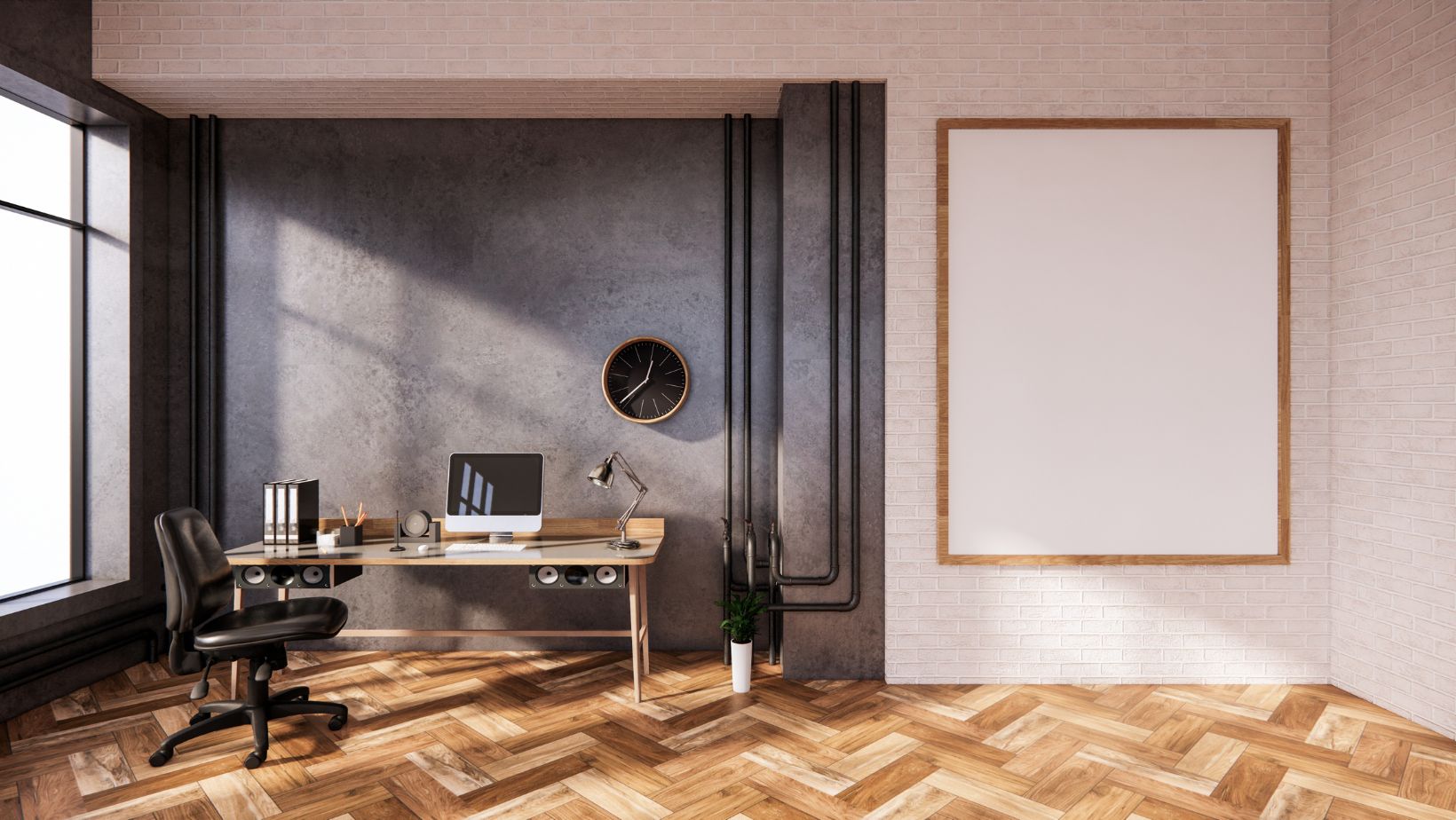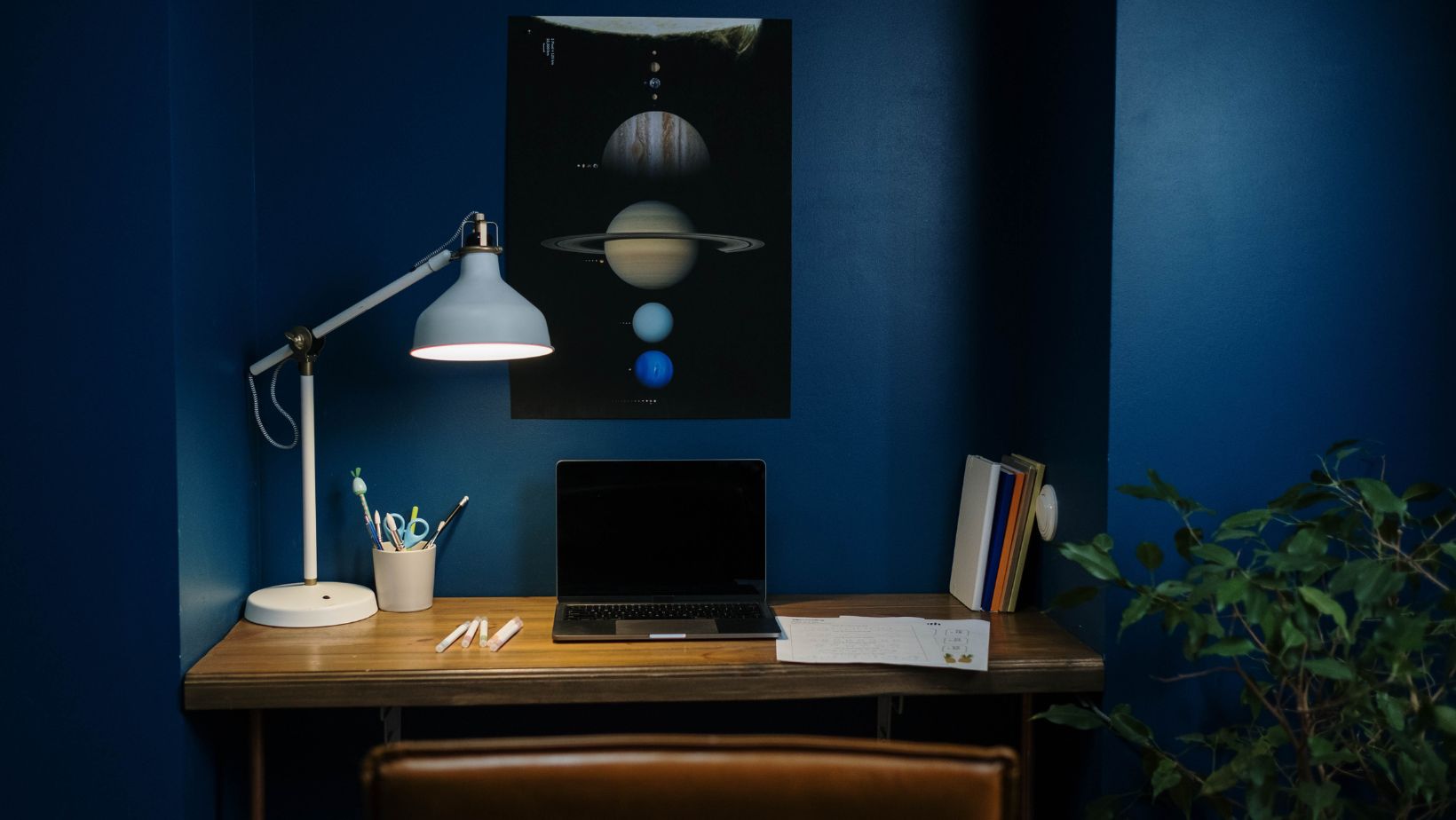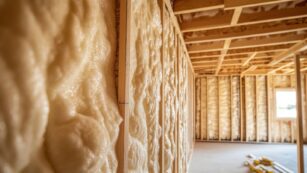
Office furniture is a significant investment for any business in Australia, and ensuring its longevity is essential for maximizing its value. Proper maintenance of office furniture not only keeps it looking pristine but also enhances its functionality and durability. Regular care and attention can prevent wear and tear, extend the lifespan of your furniture, and save you money in the long run. In this article, we will provide a comprehensive office furniture maintenance guide to help businesses in Australia prolong the lifespan of their furniture investments.
Understanding the Importance of Office Furniture Maintenance
Office furniture experiences constant use and exposure to various elements, making it susceptible to wear and damage. Regular maintenance is crucial for preserving the quality and appearance of your furniture. A well-maintained office environment reflects positively on your business, creating a professional and inviting atmosphere for clients and employees.
Dusting and Cleaning: Keeping Surfaces Spotless
Dusting and cleaning are fundamental steps in office furniture maintenance. Dust and debris can accumulate on surfaces, leading to scratches and dullness. Regularly dust all furniture surfaces using a soft, lint-free cloth to prevent dirt buildup. Clean surfaces with a mild, non-abrasive cleaner suitable for the material to remove stains and maintain their shine.
Upholstery Care: Vacuuming and Spot Cleaning
Upholstered furniture requires specific care to keep it looking fresh and clean. Regularly vacuum upholstered chairs and sofas to remove dust and debris from the fabric. Spot clean stains immediately with a suitable upholstery cleaner to prevent them from setting in. Utilizing fabric protectants can also add a layer of defense against spills and stains.
Leather Furniture: Conditioning and Moisture Control
Leather furniture adds a touch of elegance to the office, but it requires special attention to maintain its luster. Use a leather conditioner or cleaner the manufacturer recommends to keep the leather soft and moisturized.
Avoid placing leather furniture near direct sunlight or heat sources, which can cause fading and dryness.
Wood Furniture: Polishing and Protection
Wooden office furniture requires periodic polishing to maintain its natural beauty and prevent scratches. Use a furniture polish suitable for the type of wood to restore its shine and protect the surface. Place coasters or mats under hot and cold items to prevent water rings and heat damage.
Office Chairs: Lubrication and Adjustments
Office chairs are subject to constant movement and adjustment, which can cause parts to wear out over time. Regularly lubricate chair mechanisms and wheels to ensure smooth movement and prevent squeaks. Check and adjust chair height, backrest tilt, and armrest positions to maintain ergonomic support and avoid discomfort.
Maintaining Metal and Glass Surfaces
Metal and glass surfaces in office furniture can collect fingerprints and smudges, affecting their appearance. Wipe down metal parts with a soft, damp cloth and use glass cleaner to keep glass surfaces sparkling. Regular maintenance will prevent the buildup of dirt and grime, ensuring that these surfaces remain attractive and functional.
Preventing Damage: Using Furniture Protectors
Preventing damage is an essential aspect of office furniture maintenance. Utilize furniture protectors, such as felt pads or rubber feet, under chair legs, and furniture bases to protect floors from scratches. Encourage employees to be mindful of handling and using office furniture to avoid accidental damage.
Repair and Restoration: Addressing Wear and Tear
Despite proper maintenance, office furniture may experience wear and tear over time. Promptly address any damages, such as loose screws or damaged upholstery, to prevent further deterioration.
Consider professional furniture repair and restoration services to breathe new life into aging furniture and extend its usability.
Conclusion
Office furniture is a valuable investment for businesses in Australia, and proper maintenance is essential to prolong its lifespan and retain its value. Regular dusting and cleaning keep surfaces spotless and prevent dirt buildup. Upholstery care and leather conditioning preserve the appearance of fabric and leather furniture. Wood furniture requires periodic polishing and protection from heat and moisture.
Office chairs benefit from lubrication and adjustments to ensure smooth movement and ergonomic support. Metal and glass surfaces need regular cleaning to maintain their shine and attractiveness. Using furniture protectors and encouraging careful use prevent damage and scratches. Addressing wear and tear promptly through repairs and restoration prolongs the life of your office furniture.
By following this comprehensive office furniture maintenance guide, businesses in Australia can ensure their furniture investments remain in top condition, creating a professional and welcoming office environment that fosters productivity and impresses clients and employees alike. Regular care and attention will not only extend the lifespan of your furniture but also save you money by reducing the need for premature replacements.














